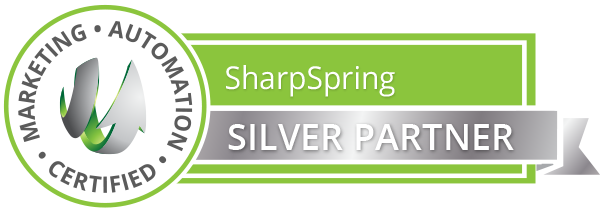Email marketing is a valuable tool for small to medium-sized businesses looking to increase their reach and engage with their audience. However, creating effective email campaigns requires careful planning and execution. In this article, we will explore the dos, don’ts, tips, and insights for email marketing best practices to help small to medium-sized businesses achieve success with their campaigns.
DOs
1. Create a targeted email list: Segment your email lists based on customer preferences and behavior to ensure that your campaigns are tailored to their interests and needs. This will help increase engagement and conversion rates.
2. Use a clear and concise subject line: The subject line is the first impression your email makes, so make sure it is clear and concise to ensure that it captures your audience’s attention.
3. Personalize your emails: Incorporate personalization elements such as the recipient’s name or previous transaction history to create a more personalized experience for customers.
4. Optimize for mobile: A large percentage of email opens occur on mobile devices, so make sure your emails are mobile-friendly and easy to read on smaller screens.
5. Test your campaigns: Before sending out your emails, test them to ensure that they work correctly and display as intended on different devices and email clients.
DON’Ts
1. Use irrelevant email lists: Sending emails to people who haven’t opted in or who aren’t interested in your product is a waste of time and resources.
2. Use vague subject lines: Avoid using vague subject lines that are unclear or misleading, as this can negatively impact your audience’s trust and engagement.
3. Send too many emails: Sending too many emails can lead to your audience becoming overwhelmed and disengaging with your brand altogether.
4. Use a one-size-fits-all approach: Avoid using a one-size-fits-all approach to email campaigns. Instead, tailor your emails to specific audience segments to improve engagement and conversion rates.
5. Ignore unsubscribe requests: Always honor unsubscribe requests promptly to maintain the trust of your audience and avoid being marked as spam.
TIPS
1. Offer valuable content: Provide your audience with valuable content that educates, entertains, or solves a problem to encourage engagement and build trust.
2. Include clear calls-to-action (CTAs): Make sure your emails include clear and compelling CTAs that encourage customers to take action, such as making a purchase or signing up for a newsletter.
3. Use visual elements: Incorporate visual elements such as images and videos to make your emails more engaging and visually appealing.
4. Always follow email best practices and laws: Make sure that your emails follow email marketing best practices and laws, such as the CAN-SPAM Act, to ensure that you comply with legal requirements and maintain a positive reputation with your audience.
5. Analyze your data: Regularly analyze your email performance data, such as open rates and click-through rates, to identify areas for improvement and optimize your campaigns for better results.
INSIGHTS
1. Use automation: Consider using email automation tools to streamline your campaign creation and maximize your reach and engagement potential.
2. Integrate with other marketing channels: Integrate your email campaigns with other marketing channels such as social media to create a cohesive and consistent brand experience for your audience.
3. Personalize beyond just first names: Consider personalizing your emails beyond just recipient names, such as using past purchases or pages viewed to make your campaigns more targeted and valuable.
4. Use triggered emails: Triggered emails such as cart abandonment emails or welcome emails can help increase engagement and conversion rates by providing timely and relevant content.
5. Stay compliant: Stay up to date on email marketing best practices and legal requirements to maintain a positive reputation and comply with relevant laws and regulations.
In conclusion, email marketing can be a highly effective tool for small to medium-sized businesses, but it requires careful planning and execution. By following email marketing best practices, small to medium-sized businesses can increase their reach and engagement while building stronger relationships with their audience. Remember, always provide valuable content, personalize to audience interests, optimize for mobile, and analyze campaign data to improve future campaigns.

